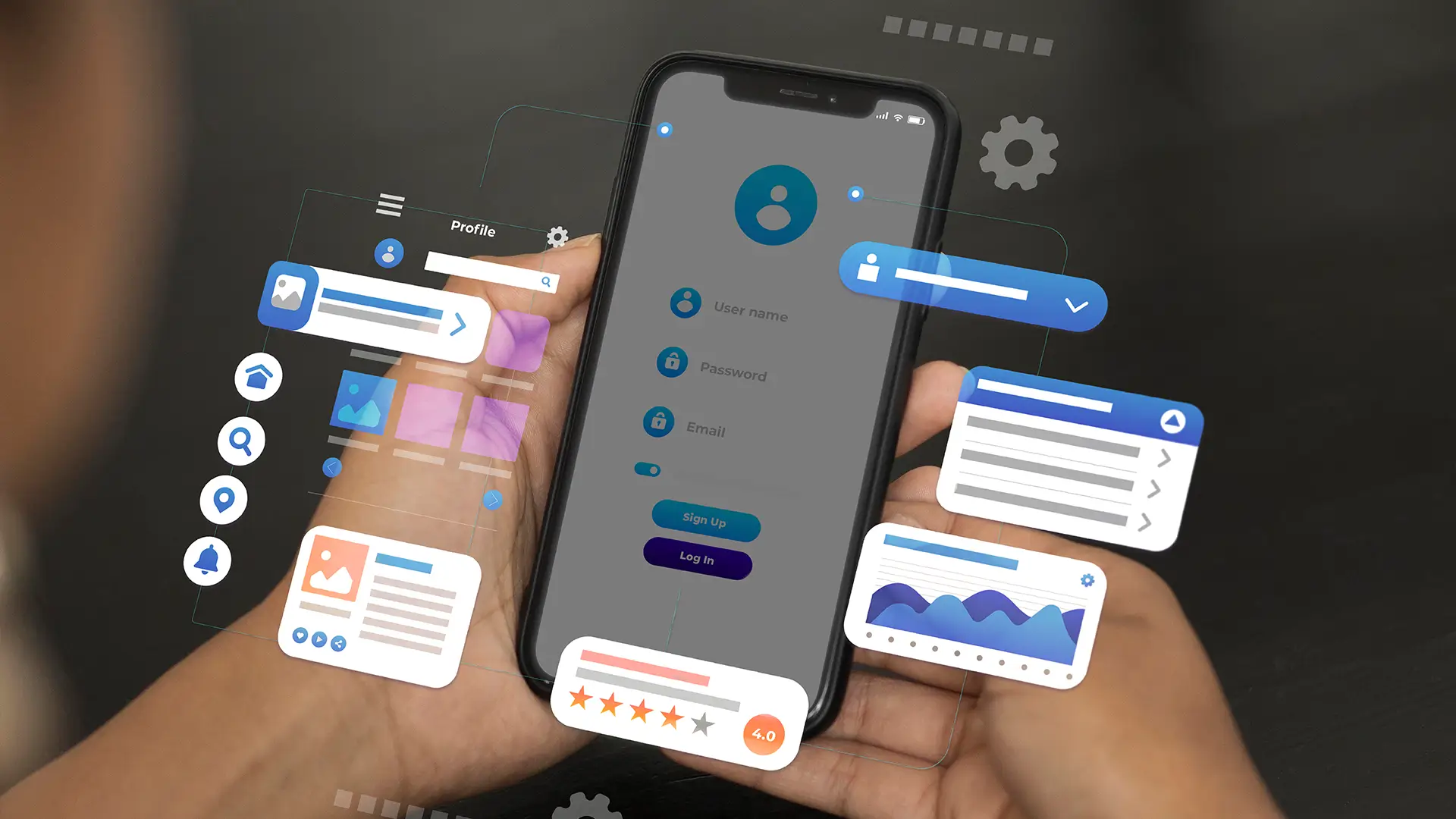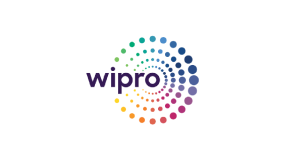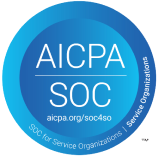Introduction
Digital-Native Brands (DNBs) operate on one principle: speed. You move fast, iterate quickly, and deploy constantly to deliver the user experience that wins market share. Yet, this high-velocity culture often breeds a quiet financial drag: inefficient Quality Assurance.
As the DNB scales, the testing effort grows exponentially. If you manage quality reactively, your engineering team will be constantly slowed by what we call QA Debt and the crippling Maintenance Tax.
QA cost optimization is not about headcount reduction. It is a strategic move to reallocate your testing budget toward prevention, stability, and intelligence. By implementing smart testing strategies, DNBs can achieve substantial reductions in software testing costs while accelerating deployment velocity.
Improve Cost Optimization with Shift-Left
Among the most expensive mistakes in software delivery is a defect discovered by a customer. Fixing a bug found in production is typically 30 times more expensive than fixing it during the initial development or design phase.
For a DNB, this cost penalty accelerates due to the immediate negative impact on customer retention, brand reputation, and the need for emergency engineering work. The only way to break this cycle is to shift quality ownership to the start of the lifecycle, where developers, designers, and product teams build quality into every decision instead of leaving it for QA to catch at the end.
Prioritizing Cost-Effective QA Methods
Adopting a Shift-Left mindset moves quality from a final gate check to a continuous, integrated process starting in the planning phase.
- Integrated Quality: Quality becomes a shared responsibility. Developers write unit and integration tests. QA engineers embed with development teams to ensure testability is designed into every feature. This eliminates low-hanging defects while the code is fresh, keeping the fix cost minimal.
- Risk-Based Testing (RBT): You cannot test every permutation. RBT is a cost-effective QA method that focuses resources only on high-risk, high-impact areas, such as payment flows, authentication, or critical state management components. By rigorously prioritizing based on business impact, you ensure your investment delivers maximum quality return, directly contributing to QA cost optimization.
Transform Automation from Maintenance Burden to Asset
Many digital-native brands build strong automation frameworks, but they often overlook a quiet expense: the “maintenance tax”. “According to Gartner, 16% of organisations identify high maintenance costs as a top challenge for test automation.
Spending your budget on maintaining old scripts isn't test automation for cost savings; it’s an unsustainable labor tax that kills velocity.
To achieve true software testing cost reduction, here’s what can help.
Smart Strategies for Automation Resilience
For your automation investment to pay off, it needs to be reliable, fast, and easy to maintain.
- Strengthen Lower-Layer Testing: While UI tests are necessary, they are the most brittle. Prioritize putting most automation effort at the API and integration layers. These tests run faster, break less often, and give cleaner signals when something fails. UI tests can then focus on critical user journeys instead of trying to cover everything..
- Adopt Open-Source for Flexibility: Frameworks like Selenium, Appium, and Playwright provide the foundation for powerful, flexible, and non-proprietary automation. Using standard, open-source tools avoids vendor lock-in and aligns with engineering quality assurance best practices.
- The Advantage of Real-World Performance Intelligence: For DNBs, speed is not a feature; it is the core product. If a customer’s app experience is slow on a specific regional network or a niche device, it immediately impacts conversion and loyalty. Testing in simulated, perfect environments blinds you to real-world performance issues, which results in expensive, late-stage fixes. The third pillar of a smart testing strategy is ensuring that all QA efforts are grounded in accurate, real-world conditions and deep performance metrics. This ensures that you aren't just checking for functionality, but for deliverable performance under actual user circumstances.
How HeadSpin Helps Digital-Native Brands Reduce QA Costs
Here’s the thing. Even the best testing strategy falls apart if your environment doesn’t match how your users actually experience your app. That’s where HeadSpin becomes a cost-saving multiplier.
HeadSpin helps DNBs achieve meaningful QA cost optimization by eliminating wasted cycles, stabilizing automation, and grounding every release in real-world conditions rather than idealized lab environments.
What HeadSpin brings to your QA efficiency program
- Cross-Device, OS, and Network Variability Testing: Test across multiple device models, OS versions, browsers, and carrier-grade network conditions. This helps uncover fragmentation issues early, avoiding costly production bugs tied to device or regional variability.
- Automation on Real Devices: Run automated tests reliably using frameworks your teams already rely on, Selenium, Appium, Playwright, and others, directly on real devices. This improves test stability and reduces flakiness, directly supporting test automation for cost savings.
- Real Device Cloud Testing: Access real, SIM-enabled devices hosted across 50+ global locations. This removes the need for an in-house device lab, reduces CapEx, and provides teams with the coverage required for diverse user bases.
- Performance Analysis and Issue Detection: HeadSpin automatically surfaces performance bottlenecks across app, device, and network layers. Teams can pinpoint issues such as latency sources, UI rendering delays, network drops, and audio/video issues without spending hours digging through logs.
- Quality and Performance Intelligence: HeadSpin captures KPIs such as page load times, API response times, CPU/GPU usage, memory consumption, and region-specific performance metrics. These insights help teams target the most expensive quality issues first, improving ROI from test cycles.
Conclusion: Making Quality a Profit Center
Effective QA cost optimization requires abandoning reactive testing and adopting truly smart testing strategies. By prioritizing the prevention of expensive, late-stage defects (Shift-Left), building resilient and maintainable automation (reducing the Maintenance Tax), and grounding all testing efforts in real-world performance intelligence, DNBs can transform quality assurance from a growing cost center into a core value driver.
Ready to see how combining real-world data and performance insights can lead to true software testing cost reduction? HeadSpin helps DNBs make this fundamental shift, turning data into engineering velocity.
FAQs
Q1. What is the primary cause of high software testing costs?
Ans: The primary driver of high software testing costs is the failure to catch critical defects early. The exponential cost of fixing bugs that reach production environments (a 30x to 100x penalty) quickly outweighs the cost of preventive testing efforts.
Q2. Does investing in real device testing increase or decrease QA costs?
Ans: Real device testing reduces costs in the long run. Yes, it can seem more expensive up front than simulators, but it prevents the most costly outcomes: bugs tied to device fragmentation, OS behaviors, or network conditions that only appear in real-world scenarios. Catching those issues early prevents expensive production incidents, user churn, and emergency fixes.
Q3. Is it possible to reduce QA costs without compromising app quality?
Ans: Absolutely. Most QA overspending comes from inefficiency, not from too much testing. When you remove redundant tests, shift defect detection to earlier phases, stabilize automation, and test in realistic environments, you actually increase quality while lowering costs.



























.png)


















-1280X720-Final-2.jpg)






